Top 10 Coaching Tools Every Coach Should Master (And Why They Create Breakthroughs)
- Geraldine Gauthier
- Sep 15
- 6 min read
Updated: Sep 16
When I first started coaching, I thought the magic would come from me: my intuition, my sharp questions, my insights.
But the biggest breakthroughs often came from the tools I brought into the conversation or even between sessions.
And the real secret? It’s not the tool itself that matters.
It’s the conversation it sparks.
A well-placed exercise can do what words alone can’t:
The Wheel of Life turns a vague sense of imbalance into a clear picture.
A DISC assessment transforms conflict into empathy.
A Life Map reframes pain into proof of resilience.
I’ve seen these tools shift people in real time: a CEO who realized “health” was his missing metric of success, a young leader who cried reading 360 feedback that called her a role model, a professional who laughed, then cried, as she designed her dream Forbes cover.
That’s why I built GoMasterCoach, not just to teach coaching techniques, but to help coaches master them inside our ICF-accredited training programs.
Because tools aren’t just structure.
They bring clarity when everything feels foggy.
They give courage to risk-averse professionals.
They help the most introverted voices speak with conviction.
And they create the kind of vulnerability even alpha leaders hide because that’s where growth begins.
So whether you’re starting your coaching journey or looking to deepen your practice, here are my 10 favorite coaching tools, why they work, how to use them, and the powerful “aha moments” they can unlock.
1. Wheel of Life
The Wheel of Life gives clients a visual snapshot of satisfaction across key life areas (career, health, relationships, personal growth).
How to use it in practice:
Ask clients to rate each life area from 1 to 10.
Show them the “wheel” and ask: “If this were a real wheel, how smooth would your ride be?”
Choose one low-scoring area as the focus for the session.
Why it works: People feel “off balance” without knowing why. The wheel makes imbalance visible in seconds.
Why I love it: It’s visual, simple, and sparks instant clarity.
Aha moment: A CEO once rated career as 9 but health as 3, family and friends at 4 and romance at 1. He looked at the wheel and said, “Of course I’m exhausted, my life isn’t balanced at all.” That picture did what no lecture could.
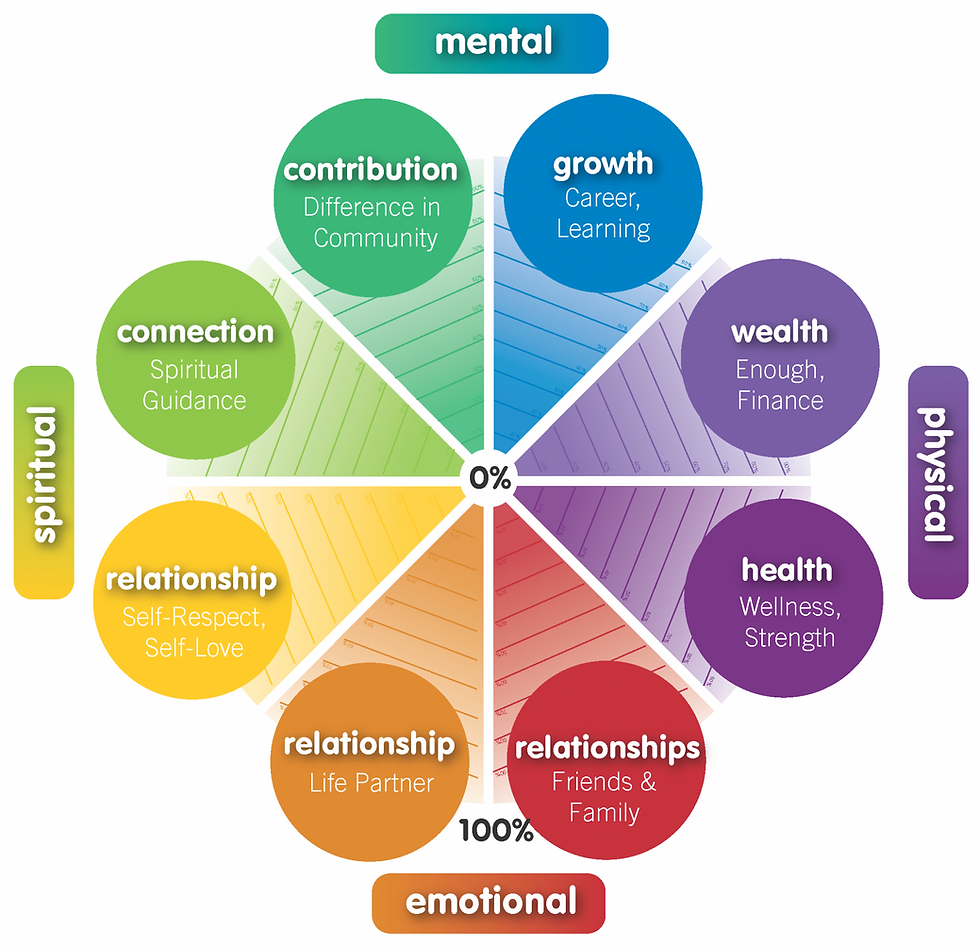
2. DISC Assessment
The DISC model highlights four styles: Dominance, Influencing, Stabilizing, Cautious.
How to use it in practice:
Debrief clients on their DISC profile.
Role-play adapting communication styles with different DISC types.
Apply it in team workshops to reduce conflict and build empathy.
Why it works: It gives a simple, shared language. It explains conflict without blame. . A client once said, “Why does my colleague drive me crazy with details?” After seeing her DISC profile (Influencing) next to his (Cautious), she laughed and said, “So it’s not personal - it’s just our styles.”
Why I love it: It brings empathy into the workplace. Teams stop blaming personalities and start respecting differences.
Aha moment: In a team workshop, two colleagues who clashed for years suddenly shook hands after realizing they were simply wired differently. “Oh, you’re high D, I’m high C - that’s why!”
Pro tip: Ask, “How can you flex your style to meet others where they are?”
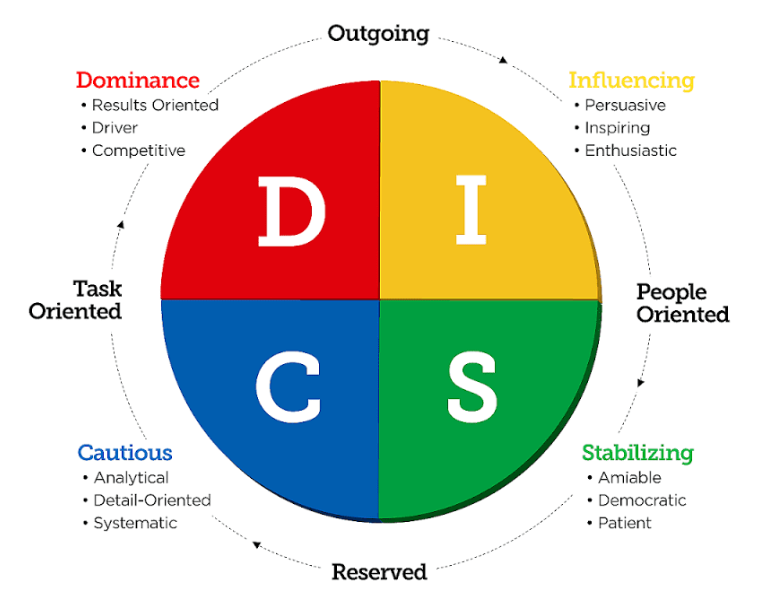
3. Life Map
The Life Map charts milestones, wins, and setbacks as a timeline.
How to use it in practice:
Have clients draw a timeline of their life with highs and lows.
Identify recurring themes (e.g., resilience, curiosity).
Connect past patterns to current goals.
Why it works: Storytelling reveals patterns of resilience, creativity, or courage.
Why I love it: It turns someone’s past into proof of strength.
Aha moment: A client saw that every major setback had been a launchpad for reinvention. She teared up and said, “Resilience isn’t something I need—it’s who I already am.”

4. 360 Feedback
How to use it in practice:
Collect anonymous feedback across key leadership traits.
Compare self-ratings with external perceptions.
Explore gaps with curiosity: “What surprises you most about this feedback?”
Why it works: We all have blind spots. Hearing what others see often shifts identity.
Why I love it: It’s humbling and affirming at once.
Aha moment: A leader who doubted her readiness cried when feedback showed colleagues already saw her as a role model. Her confidence transformed overnight.

5. Johari Window
The Johari Window expands self-awareness across four quadrants: open, hidden, blind, unknown. Ask you client to fill them after a 360 feedback review. It’s an eye-opener and the best way to discuss the real topics.
How to use it in practice:
Collect feedback.
Map strengths, weaknesse or traits into the four boxes.
Explore blind spots with curiosity: “What becomes possible now that you know this?”
Why it works: It reveals blind spots gently and builds trust.
Why I love it: It sparks those “you mean you see me like this?” moments.
Aha moment: A manager was stunned when teammates described him as “calm under pressure.” He never valued it - now it’s his leadership brand.
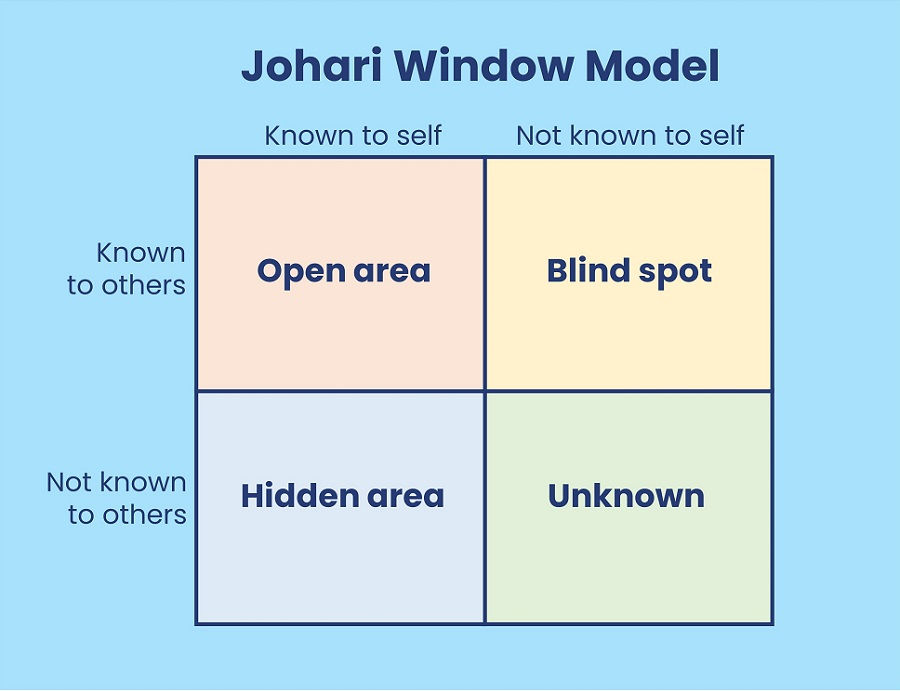
6. GROW Model
The GROW Model (Goal, Reality, Options, Will/Way Forward) structures conversations.
Why it works: It gives structure to conversations. A client overwhelmed by possibilities can suddenly move step by step: “What’s your goal? What’s the reality today? What are your options? What will you commit to?”
Why I love it: It’s deceptively simple yet incredibly powerful. It’s often the first structured model I teach new coaches.
Aha moment: A manager once realized that her “goal” wasn’t really a promotion—it was recognition. That distinction completely changed her strategy.
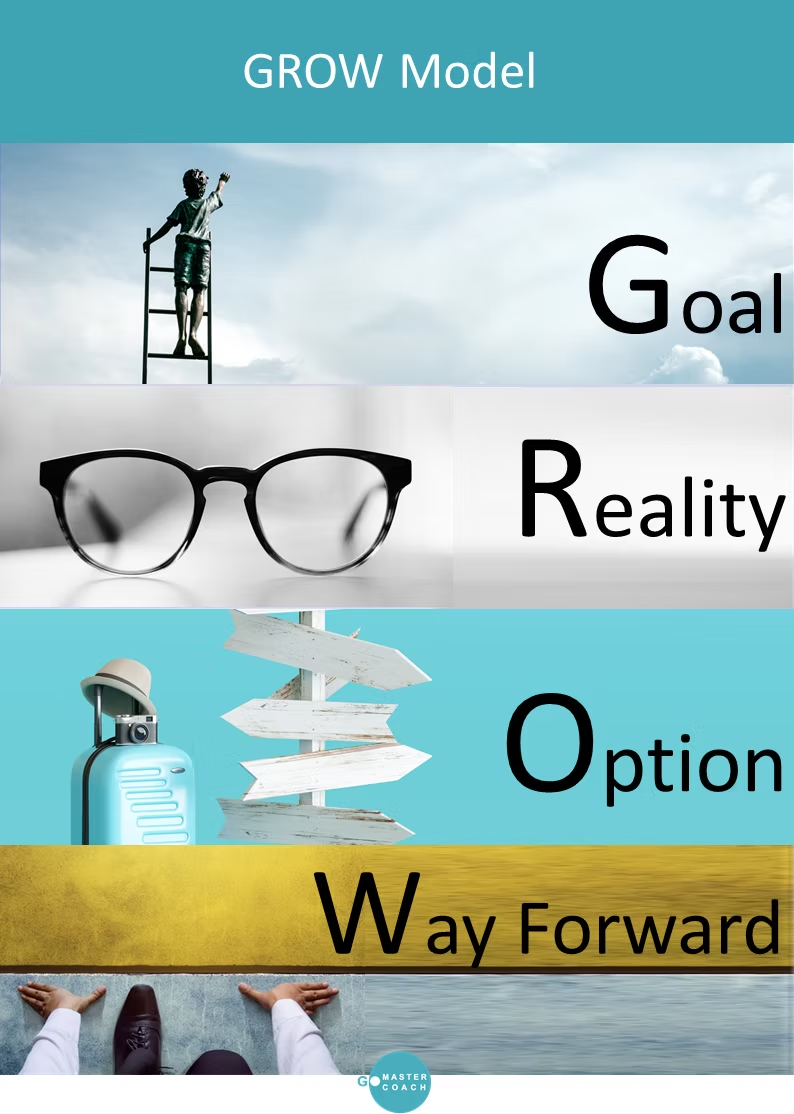
7. Relationship Audit
The Relationship Audit maps your circle of influence.
How to use it in practice:
Create three columns: Supportive | Neutral | Draining.
Have clients categorize key people in their life.
Discuss boundaries, delegation, or shifting focus.
Why it works: Energy leaks become visible.
Why I love it: It’s simple, yet incredibly liberating.
Aha moment: A client realized 70% of her time was with draining colleagues. She looked at the page and said, “No wonder I feel so heavy.” Setting boundaries changed her life.
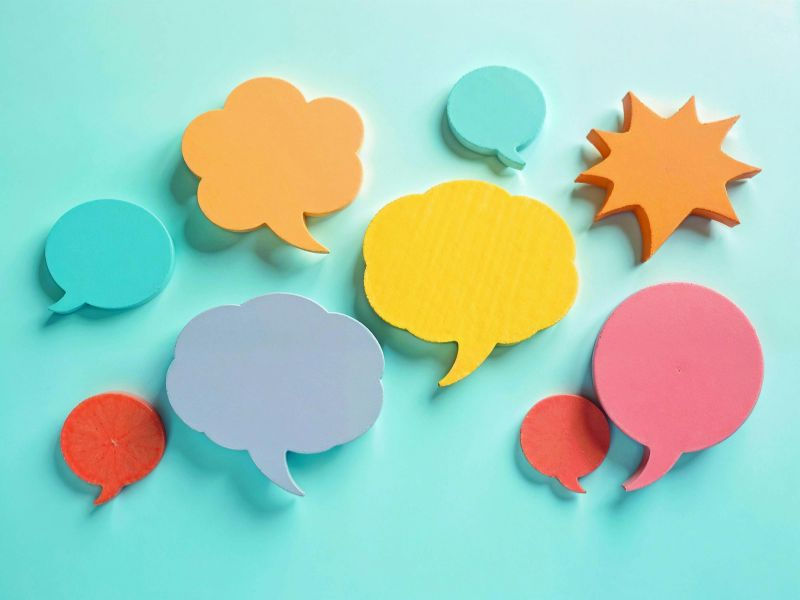
8. Magazine Interview
The Magazine Interview imagines future success as if featured in a magazine.
Why it works: Playfulness bypasses fear. A client once created a mock Forbes cover with the headline, “The Woman Who Brought Balance to Tech.” She laughed, then cried, saying, “I didn’t dare admit this dream until now.”
Why I love it: It liberates imagination. Clients dream bigger when they play.

9. Strengths Identifier
The Strengths Identifier flips the script from weaknesses to natural talents.
Why it works: People hesitate to own their strengths. When I asked a client, “What did teachers rely on you for?” She remembered always being the “organizer.” Tears came when she realized she’d been leading all her life.
Why I love it: It builds confidence rooted in truth, not ego.
Aha moment: A shy client discovered “storytelling” was her gift. She now leads with it in her career as a speaker.

10. Future Self Visualization (The Best One)
If I had to pick one tool that creates the deepest shifts, it’s the Future Self Visualization.
The Future Self exercise guides clients to imagine themselves 5–10 years from now and describe the life they’re living.
Why it works: It bypasses fear by shifting perspective. Instead of asking, “What should I do now?” they ask, “What would my future self thank me for?”
Why I love it: It taps into both vision and emotion. Clients often come out of the exercise with tears and clarity.
Aha moment: A client imagined her 2035 self living by the ocean, running her own business. That vision became the filter for every choice she made afterward.
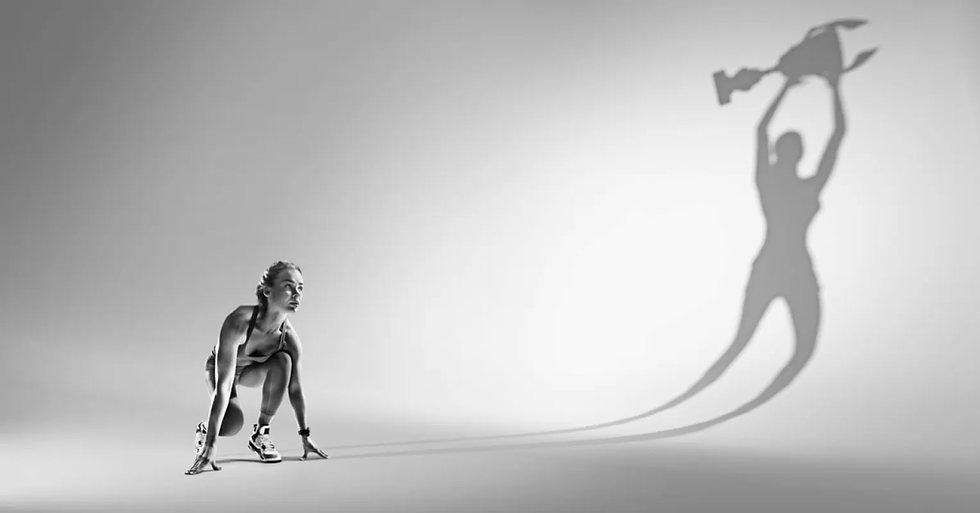
Why These Coaching Tools Matter
These aren’t just coaching techniques you pull out of a toolbox. They’re conversation openers. They’re perspective shifters. They’re catalysts for growth.
I’ve seen them give:
Clarity when everything feels foggy. Courage to professionals afraid of risk. A voice to the most introverted clients. Vulnerability to leaders who usually hide behind confidence.
That’s the power of the right tool at the right moment.
And here’s the best part: you don’t just use these tools once.
You revisit them.
You track progress.
You build a rhythm that turns coaching into transformation.
At GoMasterCoach, we’ve built our entire approach around this.
Not just handing you tools, but helping you master them.
So you can bring structure and humanity into every session.
So you can grow your impact and your business.
👉 Download our free guide: 30 Coaching Tools and Techniques
👉 Or join one of our ICF-accredited training programs, where you’ll practice, refine, and master the tools that create lasting change.
Because in the end, it’s not about the tool.
It’s about the conversation it ignites - and the life it changes.
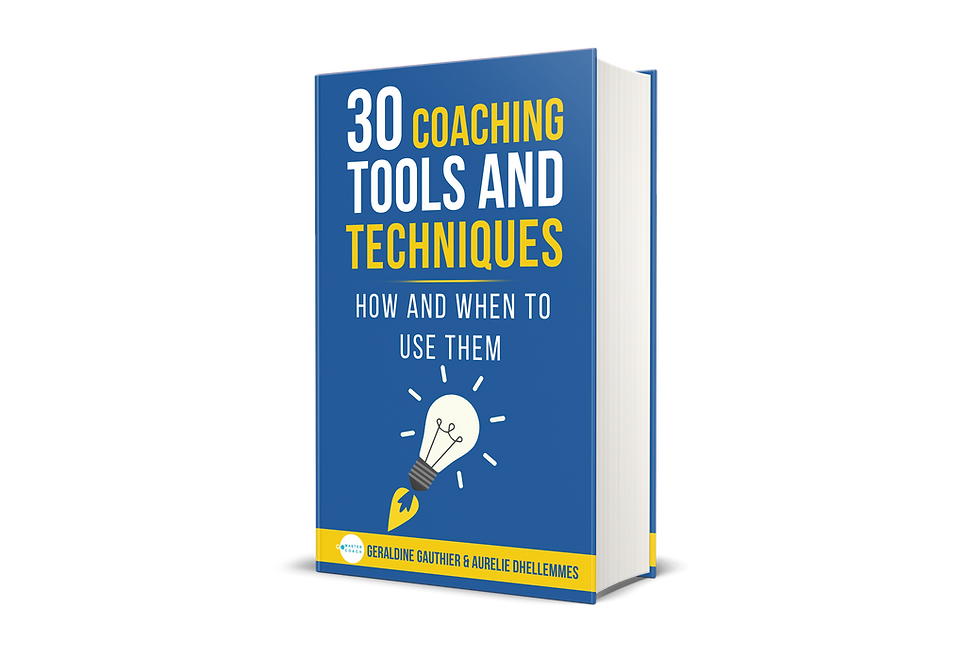


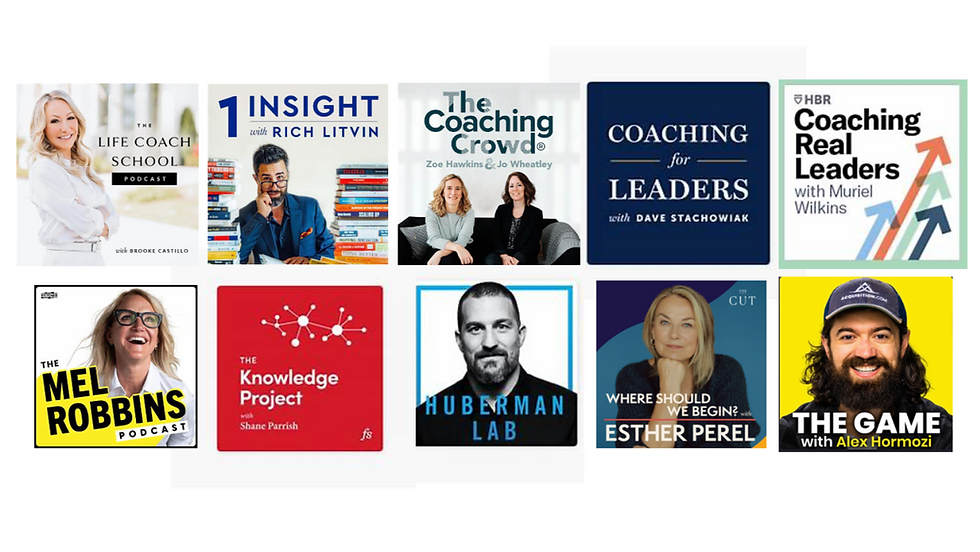


Comments